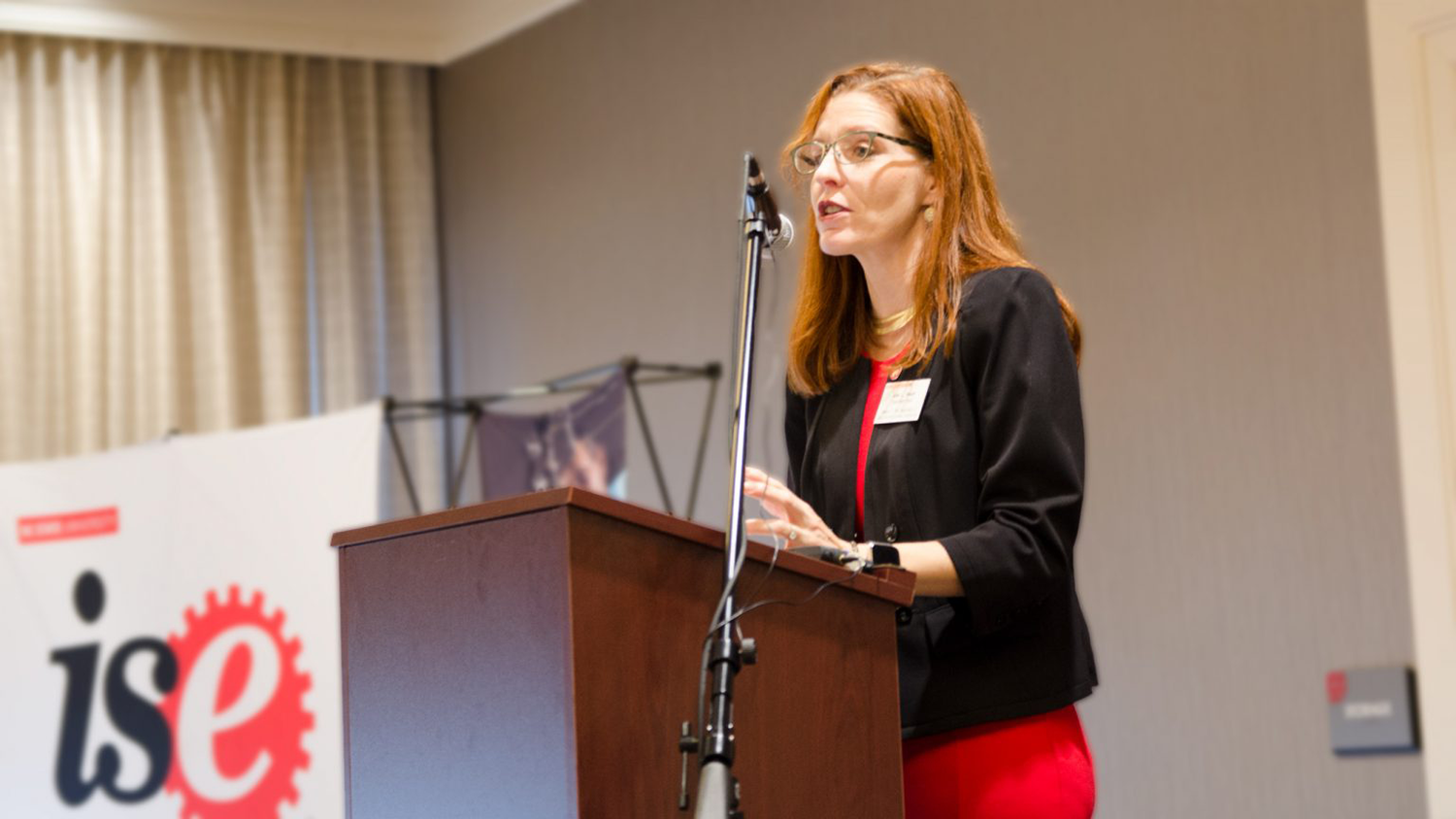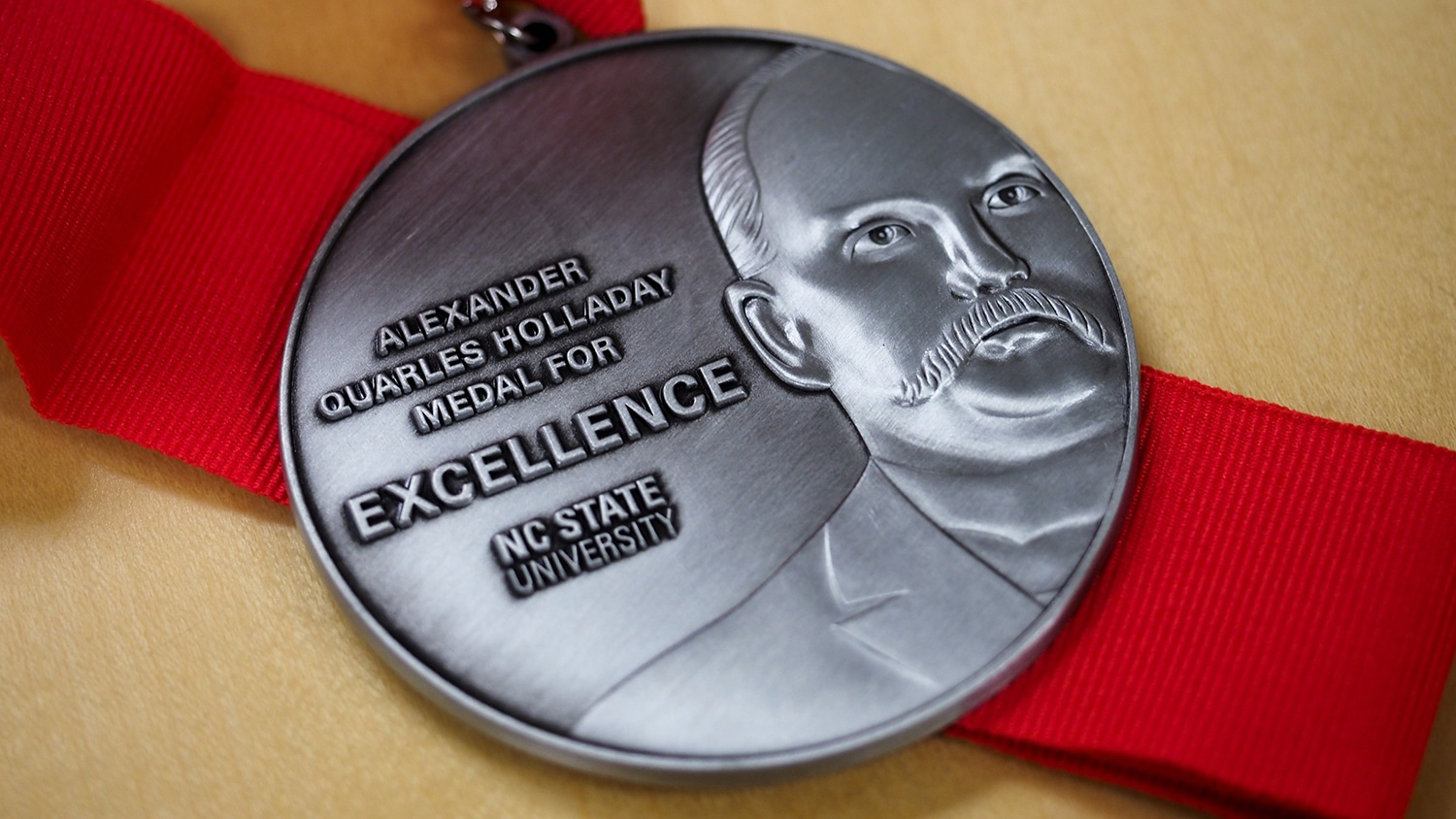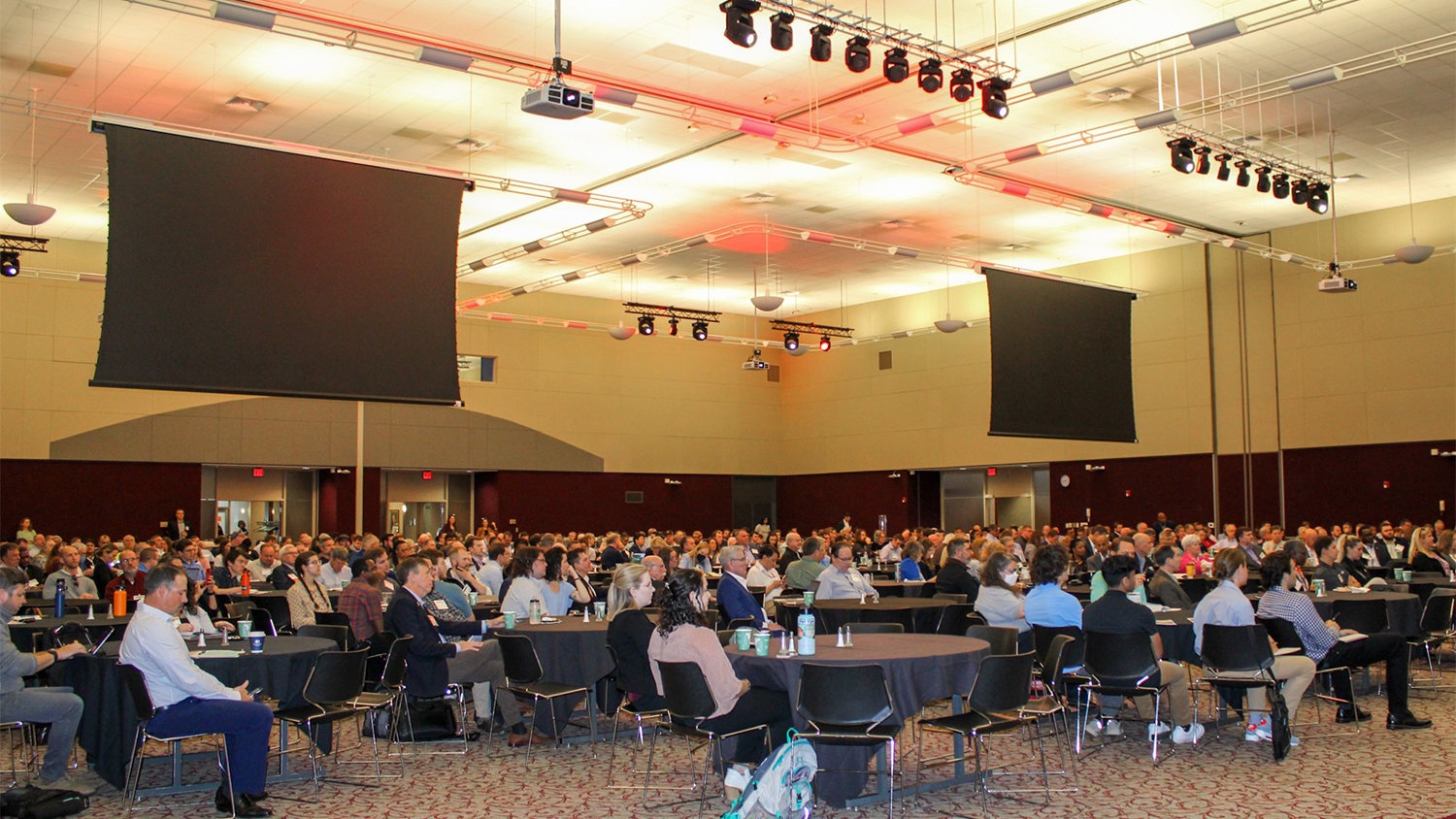Q&A: Dr. Julie Swann on healthcare impacts from COVID-19

Dr. Julie Swann, A. Doug Allison Professor in the Edward P. Fitts Department of Industrial and Systems Engineering (ISE), works in the area of mathematical modeling to enable supply chain systems and health care to become more efficient, effective, or equitable.
In 2009 Swann, who is also the department head in ISE, was on loan as a science advisor for the H1N1 pandemic response at the Centers for Disease Control and Prevention.
Prior to joining NC State, she was the Harold R. and Mary Anne Nash Professor in the Stewart School of Industrial and Systems Engineering at the Georgia Institute of Technology, where she co-founded and co-directed the Center for Health and Humanitarian Systems, one of the first interdisciplinary research centers on the Georgia Tech campus.
In this Q&A, we asked her about the impacts that the COVID-19 outbreak is having on the U.S. healthcare system.
Based on news reports, there appear to be shortages of adequate testing infrastructure and protective equipment for medical providers. Is this a problem with our supply chain?
This is not just one problem, but rather is many problems with many supply chains. Diagnosis tests have been in short supply, with issues of quality or reliability with one part of the test, and now a lack of supply for one swab used to deploy the test. Personal protective equipment is in short supply, and we have supply chains that are long (e.g., globally produced), not agile or adaptable enough, and not fully under our control (e.g., other countries can obtain some of the supply). Ventilators, too, are subject to a number of issues that relate to the supply chain as well as the regulation in place to ensure patient safety. These are just the supply chains that we are currently seeing in the news; there are others that may surface later, including not only physical products but also the supply of medical personnel.
It is a difficult set of problems to solve, with many contributing causes. As an example, we know that supply chains with a single supplier or a primary point of origin struggle more to deal with disruptions. Yet there are also cost pressures on companies, with the highest market share going to those who can create the lowest cost product that meets the quality. Information visibility is known to matter. The supply chain for Coca-Cola has far more visibility in how many bottles are in which locations than the United States has for ventilators, which are owned and operated by thousands of separate entities.
If a vaccine is developed for Covid-19, what challenges do you see for distribution in the United States?
In this area, we need to make sure we have learned from our H1N1 experiences. It is likely that vaccine would be in short supply initially, with greater supplies later. Thus, a priority system will need to be laid out (as it was for H1N1) at a national level. Within that framework, each individual state may be responsible for setting up their own distribution system, and there are aspects that should be carefully considered such as ensuring a short lead time between when a provider orders vaccine and receives it. Information visibility on what vaccine has been distributed in each location and how much is currently left over can also be used to more effectively allocate a limited supply. There should be distribution systems in place that are efficient (e.g., vaccinate a large number of people in a given location without needing too many personnel) while considering effectiveness and equity across the system. The infrastructure must be in place in advance for aspects like these and others.
Does our current healthcare system have any strengths or advantages that would help make widespread vaccination successful?
We have a healthcare system that is decentralized, without a single decision maker controlling the entire system of every hospital or every company. An advantage of that is it allows for innovation, within a healthcare system or within a company. There were strategies that were developed that may now be considered best practice for the system.
A decentralized system has entities that can also develop solutions that are specific to the needs in that community, whether that is to reach people from different cultures, access providers of different types, or build upon the effort of local organizations. In this response we have already seen some policies such as increased use of telemedicine that are achieving widespread adoption.
What challenges do you see in our healthcare system that will be exacerbated by the COVID-19 outbreak?
It is well known that our healthcare system has many inequities, from access to care to final outcomes. I expect that this will get worse during and after COVID-19. For example, people living in rural areas often have to drive far to see a provider, and have an insufficient number of hospital beds. Similarly, low-income populations in urban areas may struggle to find a provider who will see them, or may not have insurance that enables early diagnosis and treatment. It is also likely that communities with high rates of comorbidities like diabetes or cardiovascular disease will see greater severe outcomes than other communities. We already had a shortage of doctors of some types and limited number of nurses, and this could be made worse if the ones we have are put at risk for hospitalization or death because of insufficient personal protective equipment or fatigue.
Is there anything else that you think our healthcare system should be doing better now to respond to COVID-19?
I would like to see a widely available test to see if someone has previously had COVID-19. This would give us more information about who and how many people may have some level of immunity already. This could mean a different deployment plan for medical providers or religious clergy, for example. It would be great if this and the diagnosis test could be pushed beyond the healthcare system to even homes.
Secondly, it seems like we could be better using the data that is available by making it available widely in ways that could promote innovation. There could be solutions that individuals or groups could come up with, for example to translate the number of hospitalizations into an estimate of the existing spread of the pandemic in a local area. It is so hard to focus on this when we are in crisis mode, although maybe crowdsourced innovation could also help move us to a new level.
There’s a ton of information out there on the outbreak and it’s all moving at warp speed. What information do you find helpful when looking at projections for virus spread and healthcare system impact?
This is so true! I check national print publications regularly. For example, the New York Times and the Washington Post have been sharing results from the latest scientific studies. I also look at the BBC for an update on the world, and the News & Observer for local news and check the Centers for Disease Control and Preventions web site. I do broader Google searches and find select articles that are interpreting the science in ways that I think are accurate, and I will go to the original scientific article as needed. I have been sharing some of these findings with my family and friends over social media, to ensure that scientific analysis is making its way to my communities. These are not in any way the position of the university but rather my attempt to translate some of the science to others. Readers can find these on my LinkedIn page.
Are you hopeful that this pandemic will lead to any positive change in our national healthcare system down the line?
Yes! We are already seeing that insurance providers are allowing for more telemedicine. I am hopeful that this will continue even after this pandemic, as it can help protect vulnerable populations, protect medical providers, and lead to greater access. I think that we will see this continue with education as well, with more resources available remotely for people to access critical educational content. I think that this pandemic has seen greater reliance on computer modeling from research scientists, and I am hopeful that this trend will continue as well. I think this will put a greater focus on the supply chain, with more people understanding why it is so critical to how we function every day including in the health system. It would be great if we can move to more agile, adaptable, and robust supply chains for healthcare products. We have also seen that it can bring communities together, including academic organizations to help fill the critical needs in the health supply chain or in locals, with neighbors doing grocery shopping for vulnerable neighbors.
- Categories:


